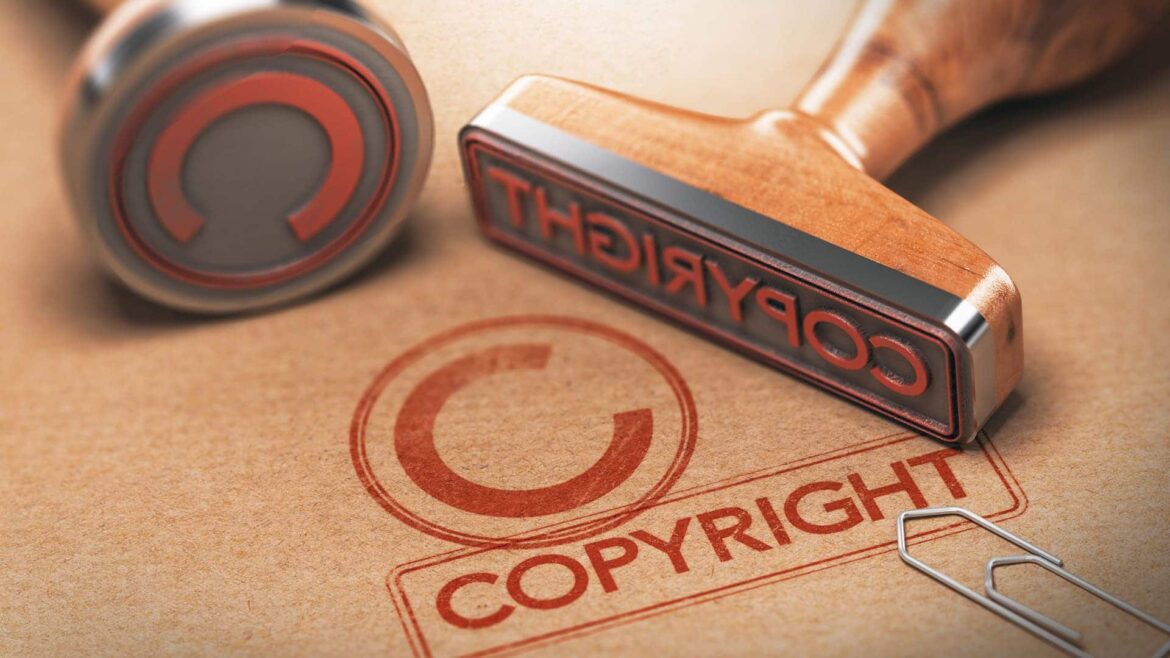What copyright is and what it is for can be shown by certain characteristics. The © symbol makes clear the rights to an intellectual property. However, this is usually overlooked. Without giving it much thought, photos, films and music are then copied from the internet and reproduced.
Copyright on the Internet: What is copyright?
Copyright is usually equated with copyright. However, it is not quite true. Copyright protects the inventor of a work, including his or her economic and non-material rights. In contrast, copyright focuses on the rights to reproduce a work. Translated, copyright means “right to copy”. It is primarily economically oriented. In this sense, the author does not necessarily have to be the creator of a work.
- The underlying concept behind copyright is that everyone is allowed to protect their “intellectual property” from unlawful use. It can be recognised by the © symbol. The name of the author must be included as an addition.
- The term “intellectual property” refers in principle to the work of a person or a group of persons. It includes “tangible” things as well as concepts and ideas.
- An example: When you take a photo or write a song lyric, these things “belong” to you. Copyright is now supposed to prevent other people from using that photo or song lyric and passing it off as yours.
- All images and lyrics you find on the internet are the intellectual property of other people. If they are marked “All rights reserved”, you may not use them. Otherwise you will be liable to prosecution.
- If the person makes the work owned by him available to the general public, he may no longer mention the addition “All rights reserved”. They then have the option of copying it and citing it with the author’s name.
The Internet and Copyright: Regulations and Laws
The net is a platform where every person can make a contribution, be it in the form of texts, pictures or music. It only becomes problematic when these goods are distributed. Without giving the name of the author, it quickly becomes confusing. In the end, no one knows where the files originally came from and who they belonged to.
- According to Article 5 of the General Data Protection Regulation (GDPR), not only personal data but also intellectual property should be protected.
- Therefore, always be careful on the internet when you want to use pictures, films, etc. of other people. Pay particular attention to whether the copyright holder has sole rights.
- If this is not the case, you can use the content. However, it is necessary to label it with the copyright name as well as the place of origin, if applicable.
- Important: If you do not label content that is not yours as such, you are in breach of copyright law. At worst, this infringement can result in a lawsuit.
- Under Article 13 of the General Data Protection Regulation, the author can demand that you inform him of the purposes for which you are using his data and intellectual property. He also has the right to request the deletion of all his data (Article 17 GDPR).
- If you want to use content for business purposes, you should always contact the content creator directly, as labelling in the form of a source reference is not sufficient in this respect.
- On file-sharing networks you can find a wide range of feature films, music and series that you can download. However, these downloads violate copyright law and are therefore illegal.
- Social networks (e.g. Facebook) have their own way of dealing with copyright. When you register there, you agree that Facebook may use your images – regardless of copyright.

